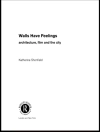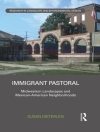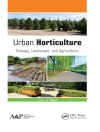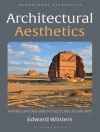What is Architectural History? considers the questions and problems posed by architectural historians since the rise of the discipline in the late nineteenth century. How do historians of architecture organise past time and relate it to the present? How does historical evidence translate into historical narrative? Should architectural history be useful for practicing architects? If so, how? Leach treats the disciplinarity of architectural history as an open question, moving between three key approaches to historical knowledge of architecture: within art history, as an historical specialisation and, most prominently, within architecture. He suggests that the confusions around this question have been productive, ensuring a rich variety of approaches to the project of exploring architecture historically.
Read alongside introductory surveys of western and global architectural history, this book will open up questions of perspective, frame, and intent for students of architecture, art history, and history. Graduate students and established architectural historians will find much in this book to fuel discussions over the current state of the field in which they work.
Inhaltsverzeichnis
List of illustrations vii
Acknowledgements x
How to use this book xii
Introduction 1
1 Foundations of a modern discipline 9
Architectural history as the architect’s patrimony 13
The architect as artist 19
Architecture and empirical knowledge 25
Architecture and culture 31
A modern discipline? 36
2 Organizing the past 41
Approach 43
Style and period 44
Biography 52
Geography and culture 57
Type 61
Technique 66
Theme and analogy 71
3 Evidence 76
4 How useful? 97
5 History and theory 115
Notes 134
Further reading 156
Index of names 164
Über den Autor
Andrew Leach is an Australian Postdoctoral Fellow and Senior
Lecturer in Architecture at Griffith University












